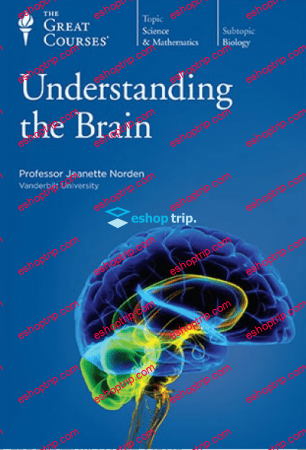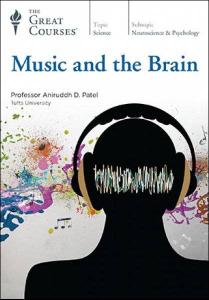AAC | 72 Kbps | 44.1 KHz | 2 channels | 16:45:06 | 10.8 GB
FOR DECADES, THE PREVAILING DOGMA IN neuroscience was that the adult human brain is essentially immutable, hardwired, fixed in form and function, so that by the time we reach adulthood we are pretty much stuck with what we have. Yes, it can create (and lose) synapses, the connections between neurons that encode memories and learning. And it can suffer injury and degeneration.
But this view held that if genes and development dictate that one cluster of neurons will process signals from the eye and another cluster will move the fingers of the right hand, then they’ll do that and nothing else until the day you die. There was good reason for lavishly illustrated brain books to show the function, size and location of the brain’s structures in permanent ink.ut research in the past few years has overthrown the dogma. In its place has come the realization that the adult brain retains impressive powers of “neuroplasticity”–the ability to change its structure and function in response to experience.











Reviews
There are no reviews yet.